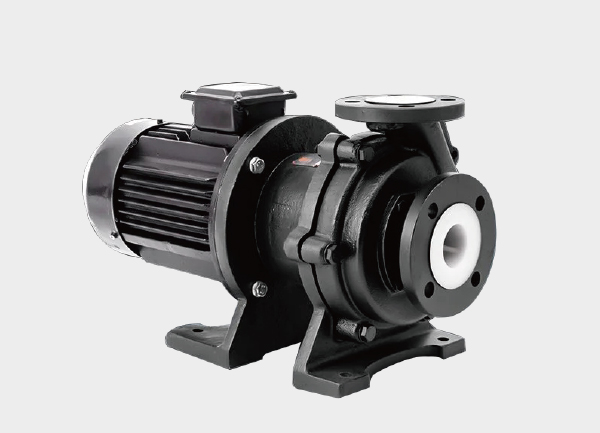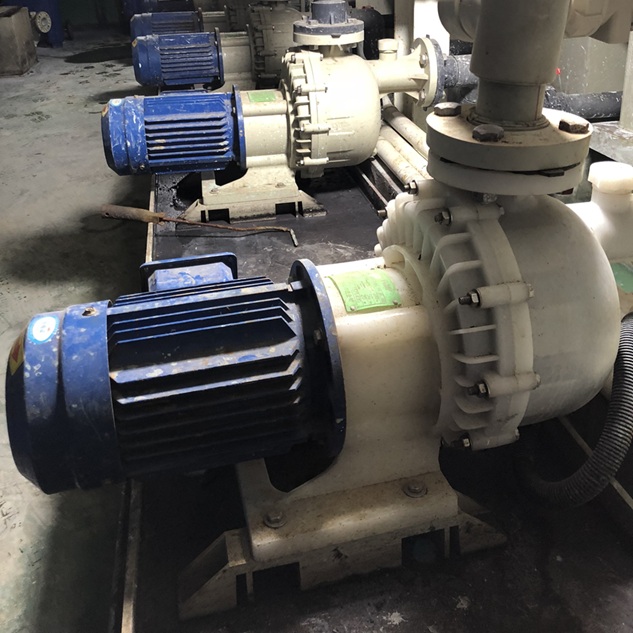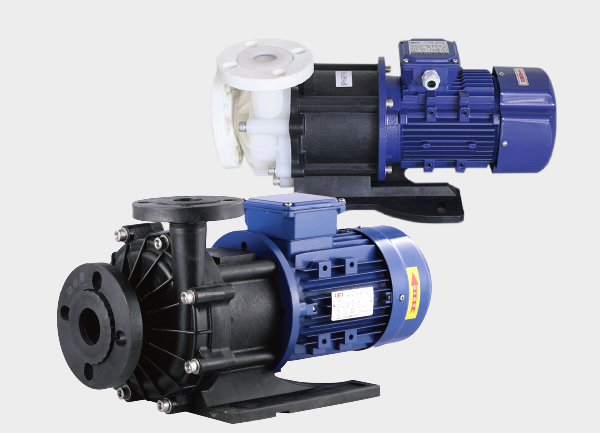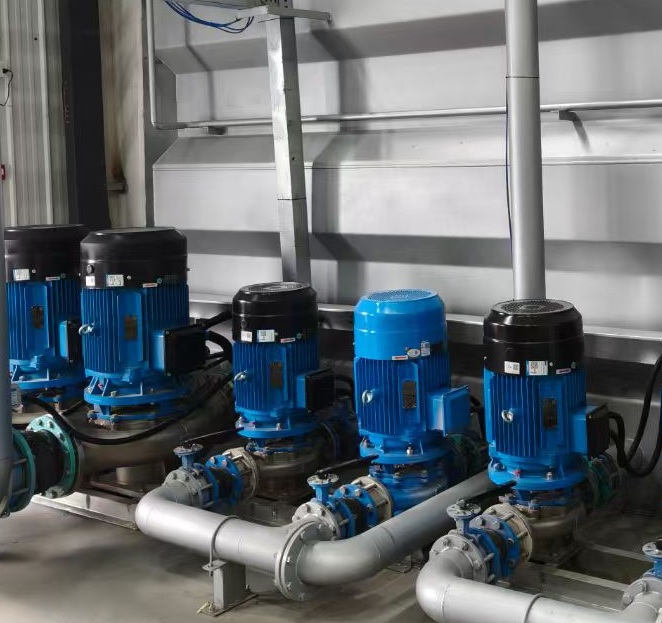In a chemical plant, you’ve probably seen heavy-duty pumps connected to complex pipelines—but did you know that not every pump can handle every kind of liquid? Transferring ordinary solvents and pumping strong acids or contaminated wastewater are very different challenges. Let’s explore four types of chemical pumps, each designed for specific fluid characteristics, and see how they handle these demanding tasks.
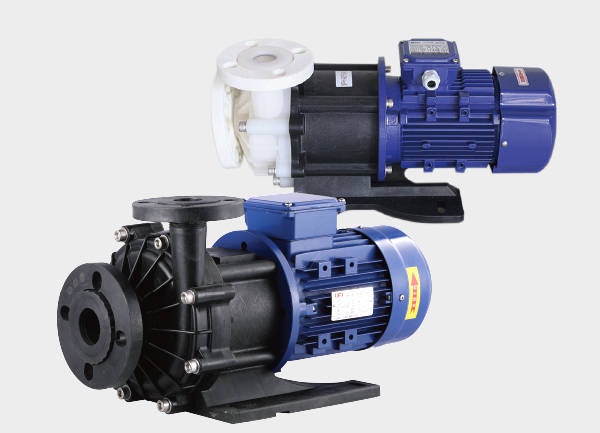
1. Chemical Transfer Pump: For Ordinary Chemical Fluids
When transferring solvents like ethanol or ethylene glycol from storage tanks to reactors, why choose a chemical transfer pump? The answer lies in its sealing integrity and stable flow design.
Ordinary pumps may leak, but chemical transfer pumps use advanced sealing systems to prevent solvent evaporation or leakage—minimizing safety risks. Their impellers also adapt to various viscosities, ensuring smooth and consistent flow whether you’re moving thin liquids or viscous resins. That’s why paint factories and chemical plants rely on these pumps for transferring raw materials safely and efficiently.
2. Acid Chemical Pump: Built to Resist Strong Corrosive Fluids
How can an acid pump “survive” when faced with aggressive acids like sulfuric or hydrochloric acid that can easily corrode standard metals? The secret lies in its material selection.
Most acid pumps use fluoroplastics or 316L stainless steel for wetted components such as the casing and impeller. Fluoroplastics resist strong acid corrosion, while 316L stainless steel performs well with medium and low concentrations of acids. Even the seals are acid-resistant to prevent damage. You’ll often find acid chemical pumps used in acid pickling workshops or electroplating wastewater treatment systems.
3. Chemical Corrosion-Resistant Pump: Handling Multi-Chemical Compatibility
What if your process requires pumping both acidic and alkaline liquids? You can’t keep switching pumps every time. That’s where the corrosion-resistant pump comes in—it’s an all-round performer.
Built from materials like reinforced PTFE and silicon carbide, it withstands acids, alkalis, and saline solutions alike. With superior sealing and leak prevention, you can switch between fluids without cross-contamination. These pumps are ideal for pharmaceutical production—transferring acidic extraction liquids or alkaline purification solutions—and for electronics manufacturing, where they handle acid-alkali cleaning fluids for chip processing.
4. Chemical Wastewater Pump: Designed to Handle Solids and Impurities
Chemical wastewater often contains suspended solids and debris that can clog ordinary pumps. So, how does a chemical wastewater pump keep running smoothly?
The answer lies in its impeller design—featuring wider flow channels that allow small particles to pass without clogging. Its wetted parts are corrosion-resistant, capable of handling chemically contaminated liquids without damage. You’ll find these pumps in industrial wastewater treatment plants and chemical effluent pretreatment units, keeping fluid movement steady even under harsh conditions.
In essence, the key to safe and efficient pump selection is matching the pump type to the fluid:
Ordinary chemicals → Transfer Pump
Strong acids → Acid Pump
Mixed corrosive media → Corrosion-Resistant Pump
Contaminated wastewater → Wastewater Pump
Only by choosing the right match can you ensure both safety and productivity in chemical operations.



